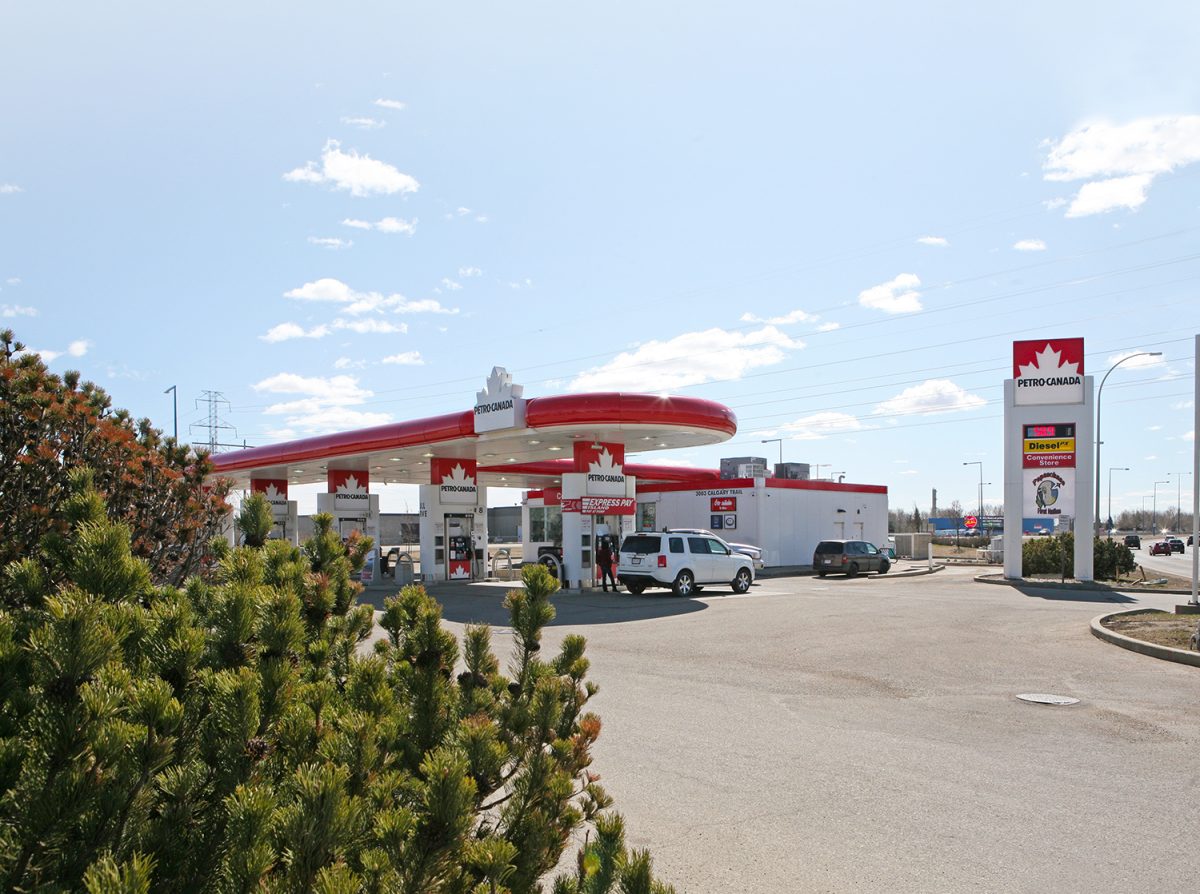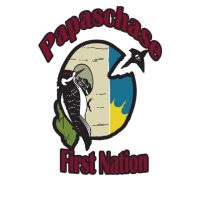

Sector: Social Economy & Infrastructure
It may look like just a gas station, but it is a project more than a century in the making.
The Papaschase First Nation has purchased and is operating a Petro-Canada station in south Edmonton where Queen Elizabeth II Highway splits to become Gateway Boulevard and Calgary Trail.
The station will provide good jobs for about 20 band members, and much needed revenue to enable the band to provide services and support to its more than 900 members.
But perhaps more importantly, it is a first step of reconciliation for the Papaschase First Nation.
The Papaschase were signatories to Treaty Six in 1877, and held a 100-square-kilometre reserve encompassing what is now most of south Edmonton. Then in 1887, through a number of controversial actions led by Indian Affairs Inspector T.P. Wadsworth and Commissioner Edgar Dewdney, the First Nation was disbanded and forced off the reserve without receiving payment for the sale of the land.
They have been striving to re-establish their status ever since.
In 2018, they made headway, as the Papaschase were finally recognized as being a signing member and First Nation under the Treaty.
And in 2020, with a financing loan from the Social Enterprise Fund, a non-profit that was funded, and founded by Edmonton Community Foundation, the Papaschase were able to purchase the gas station, both land and business, from Suncor. In doing so, the band created a revenue stream, and now owns a piece of their original reserve — the first step in their ultimate goal of establishing an urban reserve.
Not only will the station sell gasoline, but First Nations’ crafts and food items, helping share the story of who the Papaschase are with their fellow Edmontonians. And becoming self-sufficient is key to Chief Calvin Bruneau’s vision for the Papaschase.
“We want to prove to people that we can look after ourselves,” he says.
SVI Alberta is a conference held in Alberta where entrepreneurs, impact venture leaders, and changemakers gather to build their network and learn from each other through sharing experiences in a safe and supportive space.
Edmonton 3 October 2024 The Edmonton Community Foundation today announced the appointment of Ryan Young as the Director of the Social Enterprise Fund.
After thirteen years in the Executive Director chair at SEF, it is time for me to move on.